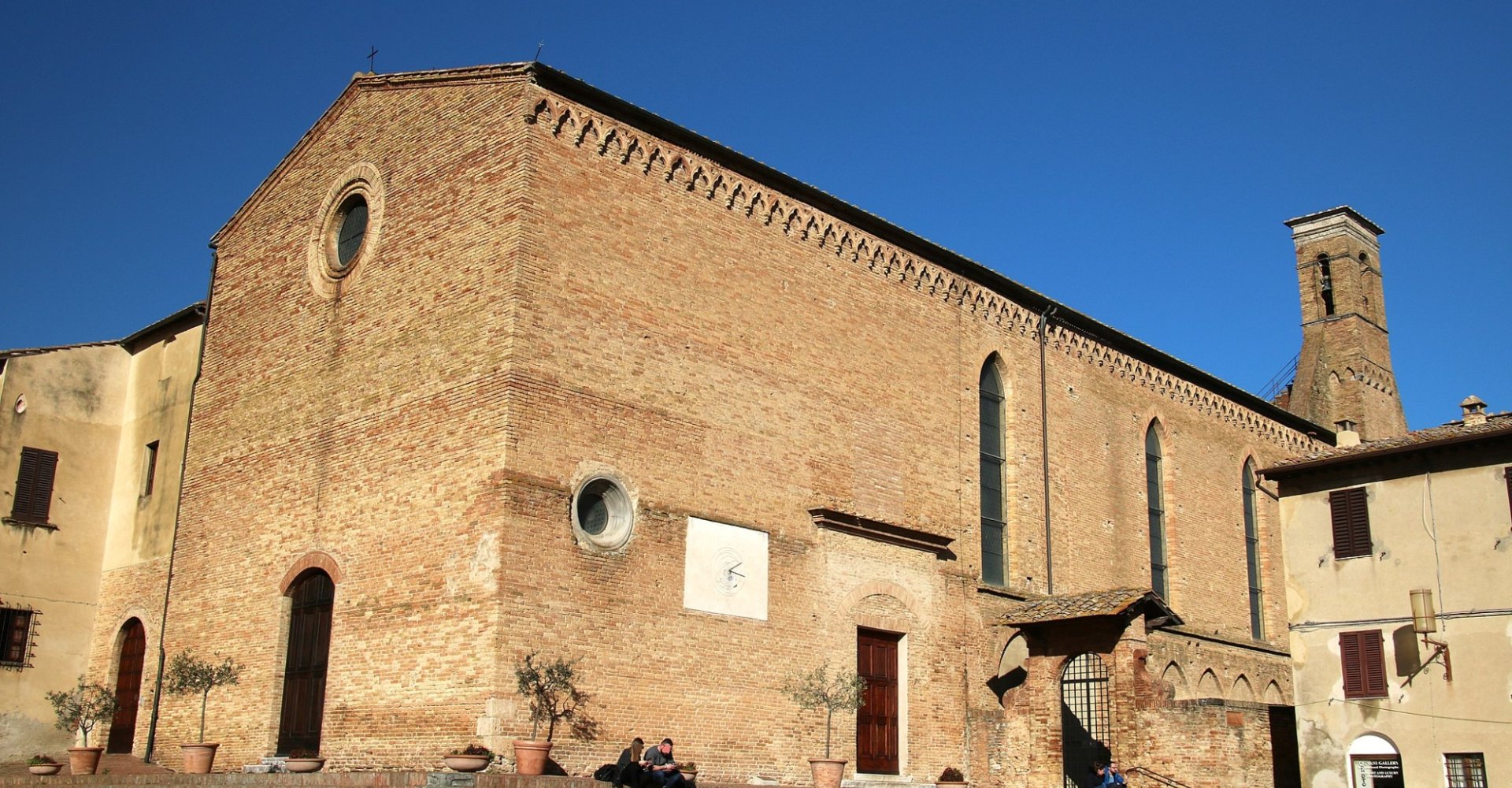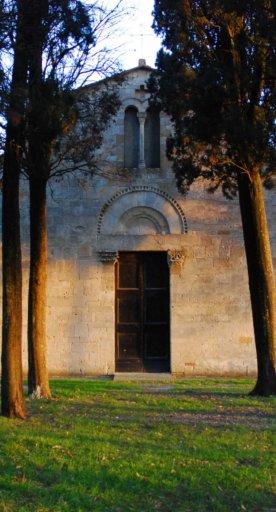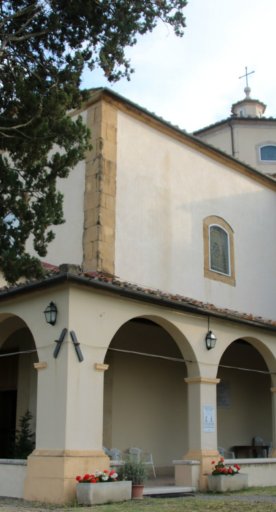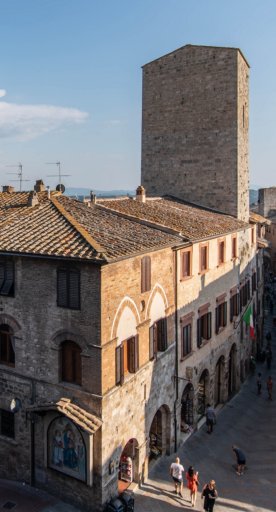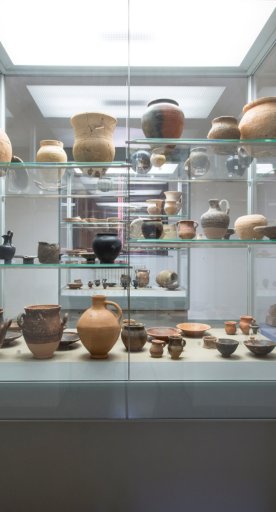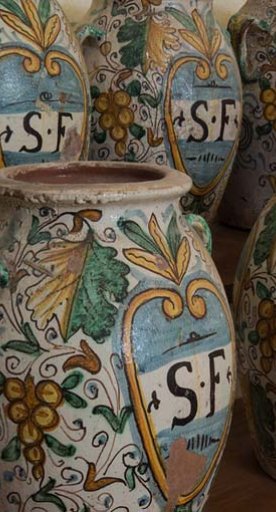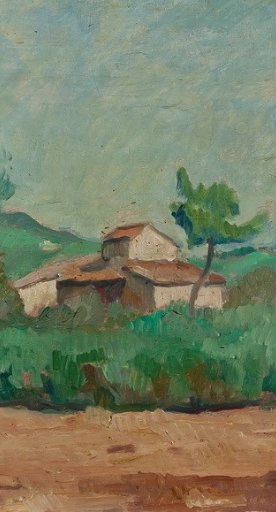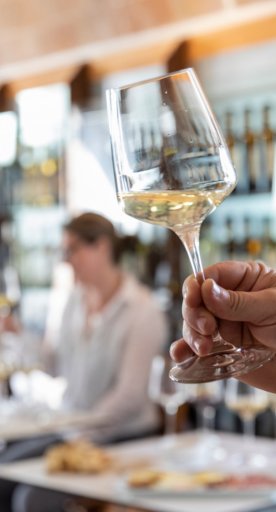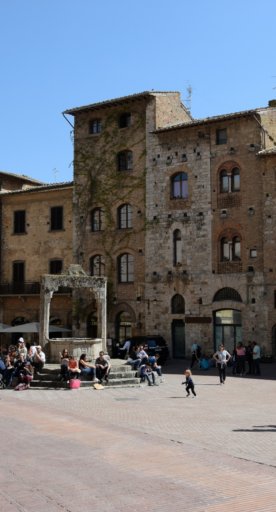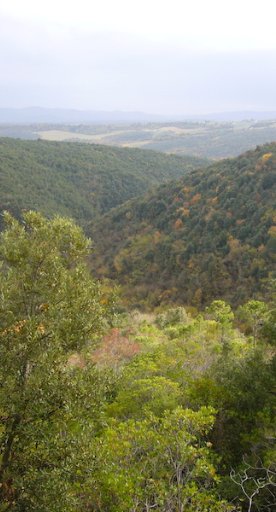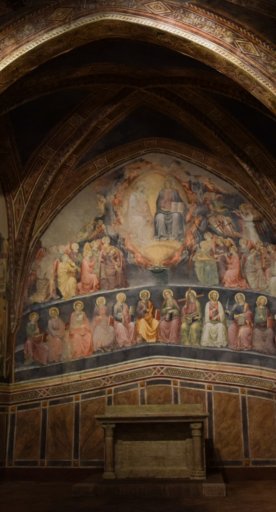Church of Saint Augustine in San Gimignano
As simple on the outside as it is rich in works of art inside: the Church of St. Augustine is a treasure trove in the town center of San Gimignano
The Church of Saint Augustine is one of the main religious buildings in San Gimignano, thanks to the large number of medieval and Renaissance works preserved there. The church stands in the square bearing the same name, and its construction dates back to the last two decades of the thirteenth century.
Surrounded by houses and adjacent to the convent of St. Augustine, the church is simple on the outside; its brick construction mixes Romanesque and Gothic elements for an effect of great solidity and solemnity. The austere walls are interrupted by tall, slender single lancet windows with pointed arches, while the top is traversed along its entire length by small trefoil arches; the facade features a single rose window decorated with a terracotta frame and the main doorway, although the entrance to the church is on the side wall.
The richness inside compensates for the austere simplicity outside. The plastered walls of the single nave are punctuated by a double row of altars, and decorated with numerous medieval and especially Renaissance school frescoes. Here one can admire 15th century works by Francesco Fiorentino, Vincenzo Tamagni, and Bartolo di Fredi, along with frescoes by Lippo Memmi and a sculpture by Francesco di Valdambrino.
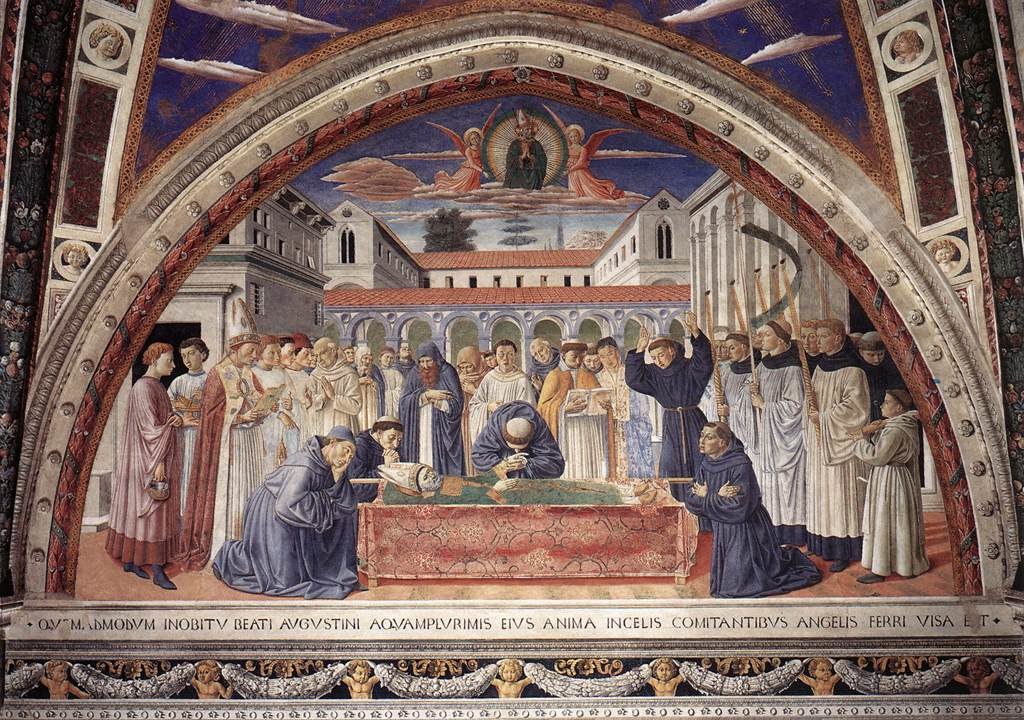 Sailko" >
Sailko" >
Three chapels open in the back wall, where the main altar is located: the main chapel is accessed by passing through a round arch, and the walls, frescoed by the hand of Benozzo Gozzoli, depict the cycle of Stories from the life of Saint Augustine. In contrast, the two side chapels are introduced by pointed arches; the right chapel is richly decorated, with an altarpiece depicting a Birth of Mary by Vincenzo Tamagni dating back to the first of the 15th century, but mostly with the cycle Life of the Virgin Mary, frescoed by Bartolo di Fredi in the second half of the 14th century. The latter works are particularly relevant in that they seem to have been strongly inspired by the frescoes that originally graced the facade of Santa Maria della Scala in Siena: painted by Simone Martini and the Lorenzetti family, these cycles of paintings have unfortunately been lost.
The counter façade of the church, where the entrance is located, is also decorated by three arches, mirroring those decorating the end wall of the church. In fact, the doorway, in the central position, is surmounted by a pointed arch, while the two side chapels are surmounted by round arches. To the left of the entrance, the space dedicated to San Bartolo is particularly interesting from an artistic point of view: in addition to the marble altar built in the 15th century by Benedetto da Maiano, the chapel preserves the original floor made of majolica tiles by Andrea della Robbia. The frescoes on the walls depict St. Ambrose, St. Augustine, St. Jerome, and St. Gregory on one side, and Saints Gimignano, Lucia, and Nicholas on the other.
